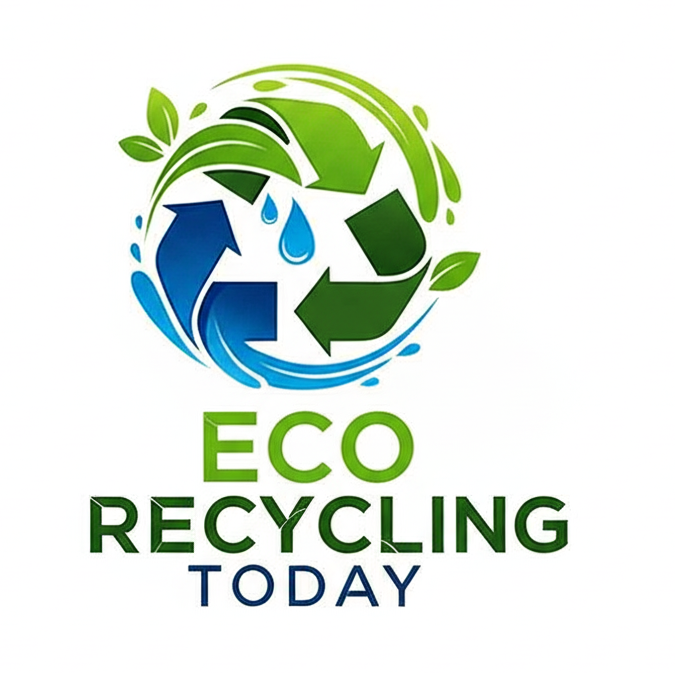Ever wonder what happens to that wine bottle you toss into the recycling bin? Unlike plastic, which often gets downcycled, glass can be recycled endlessly without losing quality. That makes it one of the most eco-friendly materials in the waste stream. We’ll walk you through the entire glass recycling process, from curbside collection to new bottle production—showing how yesterday’s jar becomes tomorrow’s tumbler.

Why to Recycle Glass
Before diving into the steps, here’s why glass recycling matters:
- 100% recyclable with no loss in purity or quality
- Recycling glass saves up to 30% of the energy needed to make new glass
- Every ton of recycled glass saves 315 kg of CO₂ emissions
- Using cullet (recycled glass) in manufacturing reduces raw material usage by 1.2 tons per ton
Despite its benefits, only 33% of glass is recycled in the U.S., compared to over 70% in Europe. That gap shows huge potential.
Step-by-Step: How Glass Is Recycled
1. Collection and Drop-Off
- Your glass bottles and jars are collected through:
- Curbside recycling programs
- Bottle banks or drop-off points
- Commercial recycling contracts (e.g., restaurants, hotels)
Note: Not all municipalities accept all glass colors—check local guidelines.
2. Transportation to a Materials Recovery Facility (MRF)
Once collected, the glass is transported to a Materials Recovery Facility (MRF) where it’s:
- Weighed
- Sorted from other recyclables (plastics, metals, paper)
Some areas collect glass separately to reduce contamination and improve recycling efficiency.
3. Manual and Automated Sorting
The next step is removing contaminants such as:
- Plastic caps
- Labels and foil
- Ceramics or non-recyclable glass (e.g., Pyrex, lightbulbs)
Sorting is done using:
- Trommel screens for size separation
- Air classifiers for removing light materials
- Optical sorters and magnets for high-tech, automated sorting
4. Crushing into Cullet
Clean glass is crushed into small pieces called cullet, which:
- Melts at a lower temperature than raw materials
- Saves energy in glass manufacturing
- Comes in clear (flint), green, and brown (amber) color streams
Fun fact: Glass manufacturers prefer cullet because it reduces furnace wear and energy use by up to 20%.
5. Melting and Remanufacturing
Cullet is then:
- Mixed with sand, soda ash, and limestone
- Fed into a glass furnace at ~1,500°C (2,732°F)
- Formed into new containers like bottles, jars, or even fiberglass
Clear glass must be made from clear cullet only, while colored glass can tolerate more variety.
6. Distribution Back to Market
New glass containers are:
- Quality-checked and packaged
- Shipped back to beverage companies, food brands, and retailers
Your recycled bottle might return to store shelves in as little as 30 days—ready for reuse in a closed-loop system.
What Can and Can’t Be Recycled?
| Recyclable Glass | Not Accepted |
|---|---|
| Beverage bottles | Mirrors, window glass, ceramics |
| Food jars (sauces, pickles) | Light bulbs, Pyrex, drinking glasses |
| Wine and liquor bottles | Heat-resistant or frosted glass |
Tip: Rinse bottles and remove caps—labels are usually OK.
Environmental Benefits of Glass Recycling
- Endlessly recyclable—a true circular material
- Reduces melting temperature and energy use
- Cuts down on landfill volume and raw material mining
- Supports a low-waste, circular economy
Glass recycling can reduce the carbon footprint of packaging by up to 40%, depending on the proportion of cullet used.
Recycling glass is one of the most effective and sustainable choices you can make. By understanding the process, you can recycle smarter—and inspire others to keep glass out of landfills and back into circulation.
